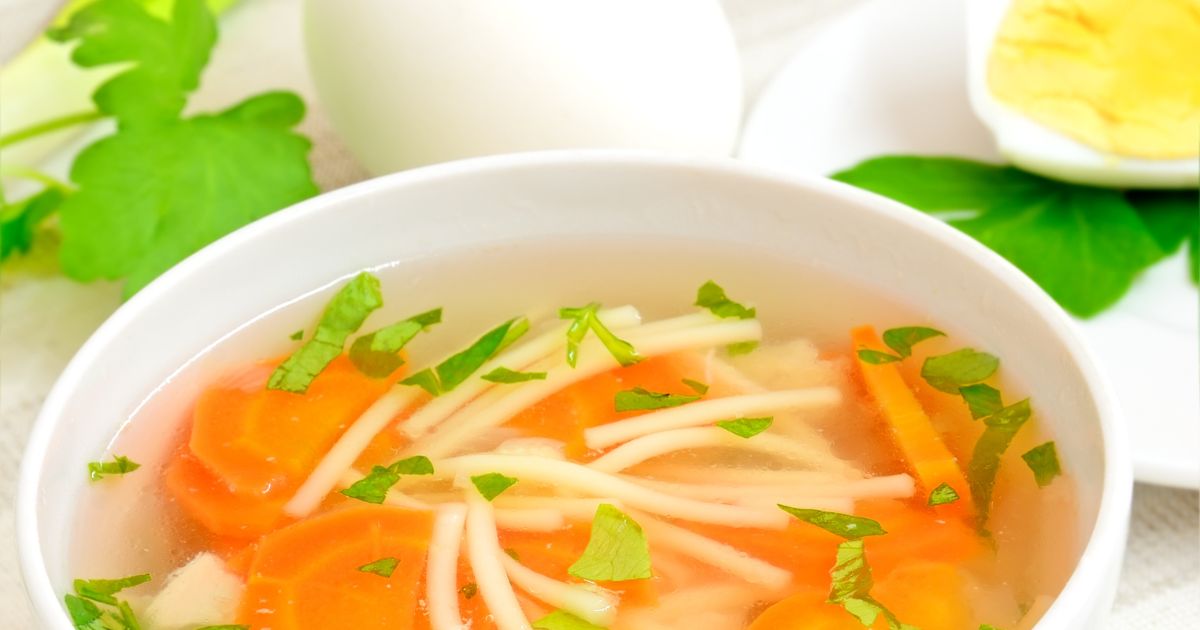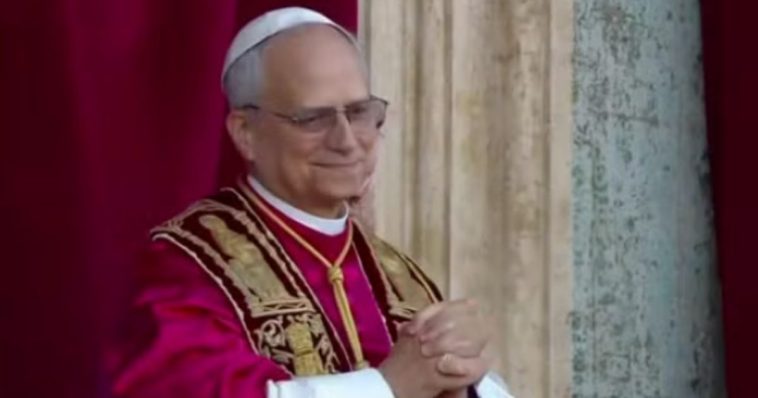When we think of the Pope, images of spiritual leadership and global influence come to mind. But have you ever wondered about the daily life of the Pope, specifically what he eats? Pope Francis, known for his humility and simplicity, follows a diet that reflects his values and lifestyle. His meals are not only about sustenance but also about mindfulness, health, and tradition.
In this article, we’ll delve into the Pope’s diet, exploring the foods he enjoys, how his dietary choices contribute to his health, and why adopting similar habits could benefit anyone seeking a balanced and meaningful approach to eating.
The Pope’s Daily Diet: A Blend of Simplicity and Tradition
The Pope’s daily meals are a true reflection of his values—simple, balanced, and rooted in both tradition and practicality. Unlike elaborate menus often associated with high-profile figures, the Pope’s diet emphasizes nourishment over indulgence. The new pope is originally from America and now will be permanently living in Italy, blending both cultural influences into his everyday meals, showing that even the most influential leaders can maintain humble eating habits.

Interestingly, even the last Pope has no personal chef and does not dine in luxury. He eats his meals in the communal dining hall of the Domus Sanctae Marthae, the Vatican guesthouse where he resides. This choice reflects his commitment to humility and equality. The food served there is similar to what any average Italian might eat—nothing extravagant, but always prepared with care. The new pope’s food preference will mirror how he lived during his years in Chicago, as he spent much of his career as a missionary in South America, often preparing simple meals for himself, like salads, grilled meats, or a bit of pasta.
Pope also believes in eating in moderation and never wasting food. Reports have noted that he prefers straightforward, healthy options like rice, vegetables, lean meat, and fruit, and he avoids processed snacks or overly rich desserts. Even when he does enjoy a treat—like his favorite dulce de leche ice cream—it’s always in small, mindful amounts. His daily meals, therefore, not only satisfy physical hunger but also carry deeper messages of mindfulness, sustainability, and gratitude.
Breakfast: A Light Start
The Pope begins his day early, often around 4:30 a.m., with a light breakfast. His morning meal typically includes
-
Freshly squeezed orange juice: providing a dose of vitamin C and natural sugars to kickstart the day.
-
Membrillo (quince paste): A traditional Argentine spread made from quince fruit, sugar, and lemon juice. It’s often enjoyed with bread or cheese.
Lunch and Dinner: Balanced and Wholesome
For his main meals, Pope Francis prefers dishes that are simple yet satisfying. His typical lunch and dinner might include:
-
Baked chicken: A lean source of protein, often accompanied by herbs and vegetables.
-
Salad: Fresh greens and vegetables, providing essential nutrients and fiber.
-
Fruit: Seasonal fruits for natural sweetness and vitamins.
-
Wine: A modest glass of wine, aligning with traditional Italian meals.
Occasional Indulgences
Despite his generally modest diet, the Pope does enjoy certain treats from time to time:
-
Empanadas: Savory pastries filled with meat or cheese, reflecting his Argentine roots.
-
Dulce de leche: A sweet caramel-like spread made from milk and sugar, often used in desserts.
-
Ice cream: He has a fondness for ice cream, particularly flavors like dulce de leche, lemon, and mango.
Health Benefits of the Pope’s Diet
The Pope’s dietary habits offer several health advantages that contribute to his well-being:
1. Emphasis on Whole Foods
By focusing on fresh fruits, vegetables, lean proteins, and whole grains, the Pope’s diet is rich in essential nutrients and low in processed ingredients.
2. Moderation and Portion Control
The simplicity of his meals encourages mindful eating and helps prevent overeating, supporting weight management and digestive health.
3. Cultural and Emotional Satisfaction
Incorporating traditional foods like empanadas and dulce de leche provides emotional comfort and a sense of connection to his heritage, which can enhance overall satisfaction with one’s diet.
Reasons to Consider Adopting Aspects of the Pope’s Diet
You don’t have to be a religious figure or live in the Vatican to benefit from adopting parts of the Pope’s diet. In fact, his approach to food is practical, health-conscious, and easy to apply to daily life, no matter where you live or what your routine looks like. The pope’s diet isn’t a trendy or restrictive meal plan—it’s about making intentional choices that are rooted in balance, tradition, and moderation.
Here are a few reasons why trying the pope’s diet, even in small ways, can be a smart and sustainable move:
1. Simplify Your Meals
The pope’s diet avoids overly complex recipes and processed foods. By focusing on simple, home-cooked meals using whole ingredients like vegetables, lean meats, legumes, and whole grains, you can save time, reduce stress, and make healthier eating easier. You don’t need fancy ingredients to eat well—just fresh produce, basic spices, and a little intention.
2. Practice Mindful Eating
Pope is known for eating modest portions and never overeating. That kind of mindfulness can improve digestion, help with weight control, and even strengthen your relationship with food. Eating slowly, appreciating your meals, and recognizing when you’re full are all small habits that can make a big difference in how you feel every day.
3. Incorporate Cultural and Emotional Foods
The pope’s diet includes traditional Argentine and Italian dishes like empanadas, grilled meats, and pasta. Including comforting and familiar foods in your own meals can make healthy eating more enjoyable and emotionally satisfying. Food is not just fuel—it’s also culture, memory, and comfort. Eating meals that connect you to your heritage can boost your overall sense of well-being.
4. Make Room for Occasional Treats
While Pope Francis eats healthy most of the time, he also enjoys small indulgences like ice cream or a glass of wine. This balance keeps his diet realistic and sustainable. By allowing yourself the occasional treat without guilt, you’re more likely to stick to healthier eating habits in the long run. It’s about enjoying life, not restricting it.
5. Reduce Food Waste and Respect What You Eat
The pope has often spoken about the importance of not wasting food. By planning meals, eating leftovers, and being thoughtful about portions, you not only help the planet but also develop a greater appreciation for the food you eat. This mindful approach aligns with both environmental responsibility and personal health.
Conclusion
Pope’s approach to eating is a testament to the power of simplicity, mindfulness, and cultural appreciation in maintaining health and well-being. His diet, rooted in tradition and moderation, offers valuable insights for anyone seeking a balanced lifestyle.
By embracing the principles of the Pope’s diet—focusing on whole foods, practicing moderation, and honoring cultural traditions—we can cultivate a more mindful and nourishing relationship with food.



